E-Flo DCI Pumps
The E-Flo DCi with XT technology is a compact, electric-driven supply and circulation pump that streamlines paint shop operations. With a powerful 3 or 5 hp motor, it offers flexible control between flow and pressure modes, easy PLC connectivity, and intuitive data access—while lowering energy use and maintenance costs.
More power (Xtreme Torque), simple integration and significant savings
- Powerful 3 – 5 hp XT motor that always ensures consistent material flow
- Dual control: switch between constant pressure mode and constant flow mode on the fly
- Simple PLC connectivity and real-time data access
- Lower energy use and minimal maintenance
Constant pressure when you want it. Constant flow when you need it.
Pressure Mode
- Maintain a constant fluid pressure while changing speeds to meet changing demands. This allows the circulated paint to run at slower speed to extend the life of the paint.
- Ideal for canister fill applications and for non-circulated materials
Flow Mode
- Maintain constant paint velocity and drive a consistent flow rate
- Used in constant circulation
applications – off hours
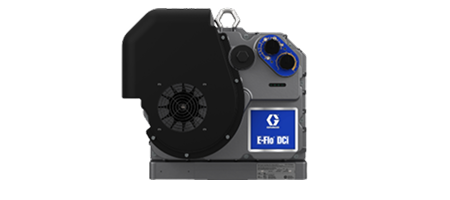
Freedom in control options
- Local control for start up and maintenance operations
- PLC connectivity via
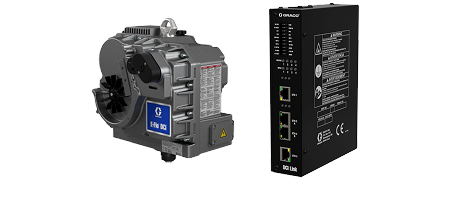
Integration simplicity with DCi Link - no vfd required
- Minimal wiring simplifies integration
- Full remote two-way communication
- Built in gateways
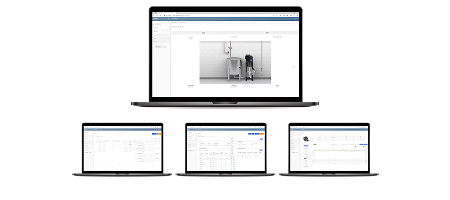
Collect data on intuitive web interface
- Operations monitoring
- System configuration
- PLC Register Mapping
- Process and alarm data
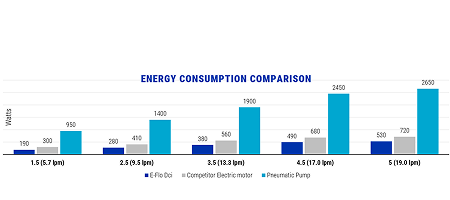
Energy savings
E-Flo DCi has the most energy efficient motor on the market. It uses 80% less energy than similar-sized pneumatic pumps. And 30% less energy than its electric counterparts. That means less energy, less emisions
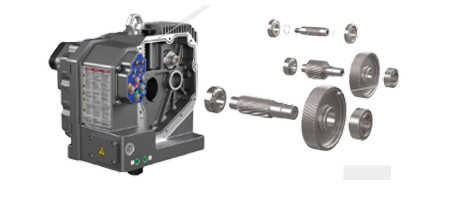
Minimize spare part count and maintenance needs
With a minimum of moving components, the E-Flo DCi cuts maintenance time and the need for spare parts. All this pump requires is an annual oil change.
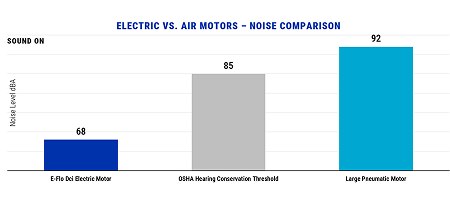
Noise reduction
The E-Flo DCi electric circulation pump is quiet. The electric motor comes in at 68 dBA. That's well below the OSHA hearing conversation threshold. And 26% quieter than pneumatic motors.

